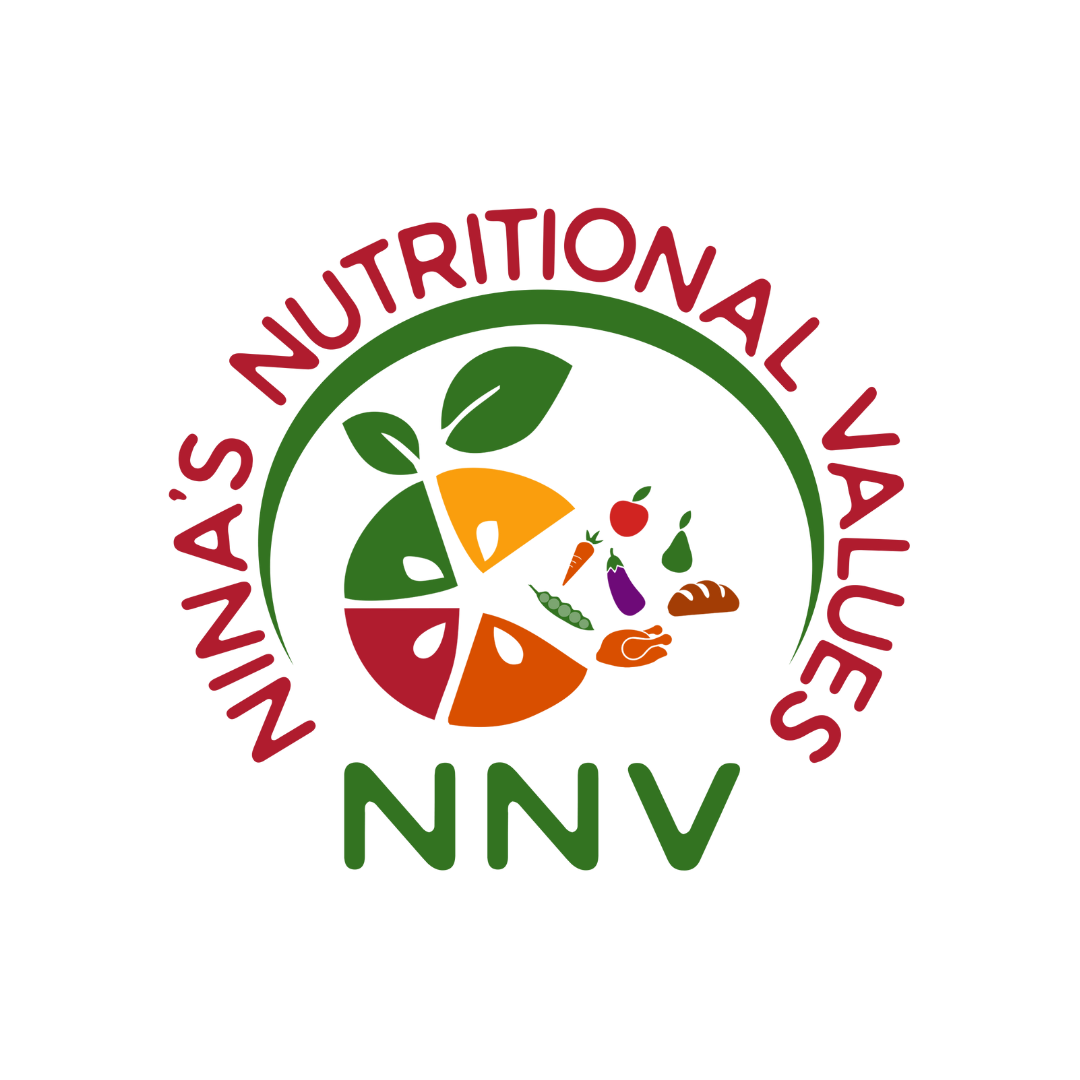6 Seeds to Boost Your Protein Intake
Beginning in your 30s, you lose between 3% and 6% of lean muscle mass per year. You probably won’t see or feel the difference until your mid to late 40s. Increasing strength training and protein intake helps to offset this decline. For most adults, consuming 1 or 2 more grams of protein each meal and snack is enough. Instead of eating larger portions of meat and seafood, turn to the protein in seeds.
How Much Protein Do You Need After the Age of 50?
It varies by individual health, but most adults over the age of 50 require 0.5 to 0.7 grams of protein per pound of weight. So, a 150-pound adult needs at least 75 grams of protein per day.
Why Eat More Seeds?
Seeds are an excellent source of protein, fiber, healthy fats, and cholesterol-reducing phytonutrients (phytosterols). They increase protein, without drastically increasing calories or the overall portion of food you’re eating. And they add a nice crunch to your meals!
Seeds are easy to add to what you’re already eating by sprinkling them on or in yogurt, cereal, salads, desserts, and more. If you like to bake, bake them in.
Juice and Smoothie Add-Ins
Many of the seeds below are small enough that you can blend them into smoothies and juice without too much crunch, especially if you use a professional-grade blender. Or look for the seeds below in plant protein powder. Flax seed and hemp seed powder are perfect for stirring or blending in juice and smoothies you make at home. Many juice and smoothie bars offer protein powder add-ins.
The Protein in Seeds
Hemp Seeds
5 grams in 2 tablespoons
Pumpkin Seeds
4 grams per 2 tablespoons
Sunflower Seeds
4 grams in 2 tablespoons
Flaxseeds
2.5 grams in 2 tablespoons
Chia Seeds
5 grams in 2 tablespoons
Sesame Seeds
3 grams in 2 tablespoons
Nuts That Are Actually Seeds or Legumes
Botanically speaking, peanuts are legumes! This is because they grow underground in pods. Nuts have a hard shell, and seeds are typically produced from flowering plants. As such, most of what we think of as “nuts” are actually seeds, including almonds and cashews.
So, in addition to the seeds above, consume more nuts and additive-free nut butter. Just be mindful of serving size, as some nuts are high in calories and fat. Cashews top this list at 157 calories and 12 grams of fat per 2 tablespoons.
How Often to Strength Train?
Increasing your protein intake is only one part of the equation. Strength training builds new muscles and maintains existing muscles. The goal doesn’t have to be chiseled muscles, but it can be. For most, the goal is to keep their body strong and stable.
Let’s Discuss How to Add Seeds to Your Diet
In addition to the protein in seeds, seeds contain antioxidants and nutrients that boost immunity, reduce inflammation, and promote holistic health. As a dietitian, I help you enjoy food that’s filling, nutritious, and full of flavor.
Reach out to learn more about creating a diet that meets your unique nutrient needs!

